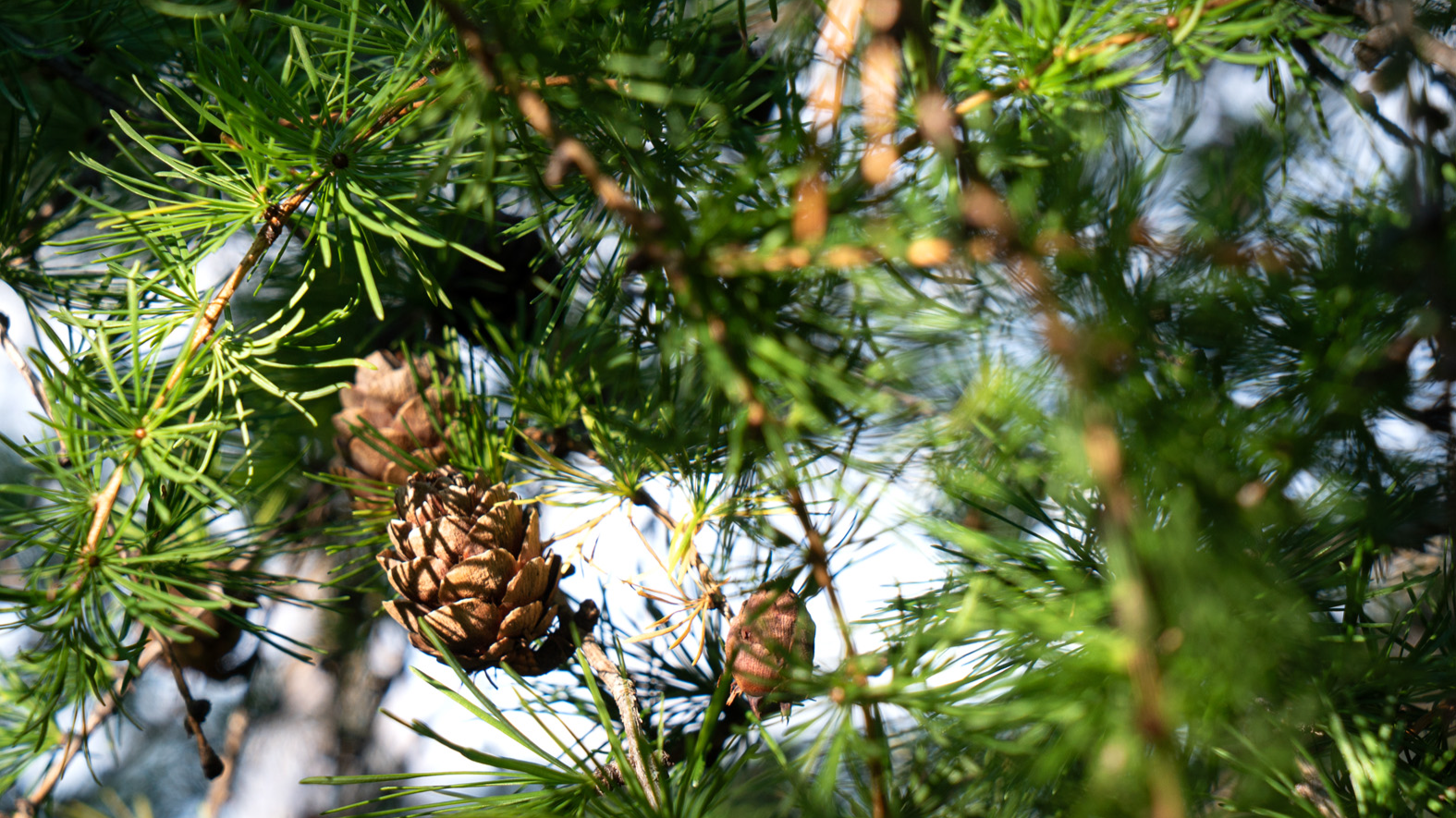
Time series for plant deliverance
The deliverance of seedlings to forestry is presented below for the years 2006-2023 for Norway, Sweden, Iceland and Finland. In Finland, there has been a big increase in plant deliverance of Betula spp. the last years, whereas deliverance of Larix spp. has increased in Sweden in the last few years.
Picea abies
Figure 6.
Figure 6-14 shows the number of million seedlings to the forestry planted in each country and year.
Pinus sylvestris
Figure 7.
The low numbers of pine seedlings in Norway is due to the fact that pine traditionally has been regenerated naturally.
Abies spp.
Figure 8.
Data for Norway not available for the years before 2021.
Iceland
For the past decades forest seedlings have been stored outside over the winter time in Iceland. There is a growing interest in using freezers to store seedlings during the winter, as this method eases the transportation of seedlings and can better guarantee their quality.
A PhD project, carried out by Rakel J. Jónsdóttir, compares survival, growth and autumn freezing tolerance for seedlings stored in freezers and in an outdoor storage. The result will help to deal with increasing production and planting of seedlings.
Betula spp.
Figure 9.
The category Betula spp. (birch) contains aggregated numbers for all species of birch where data were available.
Larix spp.
Figure 10.
Data for Sweden not available for the years before 2019. Data for Norway not available before 2022.

Larix decidua, European larch, Finland 2024.
Pinus contorta
Figure 11.
Data for Sweden not available for the years before 2011.
Sweden
Annual rates of forest harvesting have been steadily increasing with a peak in 2022, followed by reduced levels in the following two years. This coincides with an all time high plant production in 2021-2023. The most obvious trend in Swedish plant deliveries is the shift in dominance from Norway spruce to Scots pine, although Norway spruce still represents around 40 percent of the total amount of plants. To some extent, the increased interest in Scots pine is a result of intense bark beetle damages on Norway spruce and also part of the general climate change drive towards more drought resistant and site adapted forests. Another interesting shift is a more than doubled production of birch over the last three years up to 2023, an increase that is predicted to continue with more seed orchards recently established. This can be interpreted as an orientation towards spreading the risks among more tree species and towards more emphasize on landscape shaping and biodiversity. It is also a result of the successful breeding, making improved birch an economically more interesting option.
Large scale inventories of plant establishment and survival across Sweden have recently showed that far too many plants fail in survival and growth. Swedish forestry is now struggling to find ways to increase the survival to bring more of the investment in breeding and plant production into growing forests to improve wood production as well as carbon sequestration.
Other conifers
Figure 12.
Data for Sweden not available for the years before 2019. Data for Norway not available before 2021
Other broadleaves
Figure 13.
Data for Norway not available for the years before 2021.
Note: For the category “Other broadleaves”, we have included the data on Quercus and Populus from Finland and Iceland, as these are automatically included in the numbers from Norway and Sweden. This is to make comparison between the countries possible.
Quercus spp.
Figure 14.
Please note that this graph shows the numbers in thousand of seedlings.
Populus spp.
Figure 15.
Only data from Finland and Iceland is included in this graph, as these species are not common for plant deliverance in the other countries.
Strategy for forest tree breeding and seed supply in Norway
The Norwegian Seed Senter has revised the Strategy for forest tree breeding and seed supply in 2024. The aim for the revision has been to meet the increasing challenges our forest meets due to climate changes and the need to introduce new tree species into the seed supply. Our goal is to ensure a national supply of high-quality seeds for the tree species and provenances that are relevant for the Norwegian forestry.